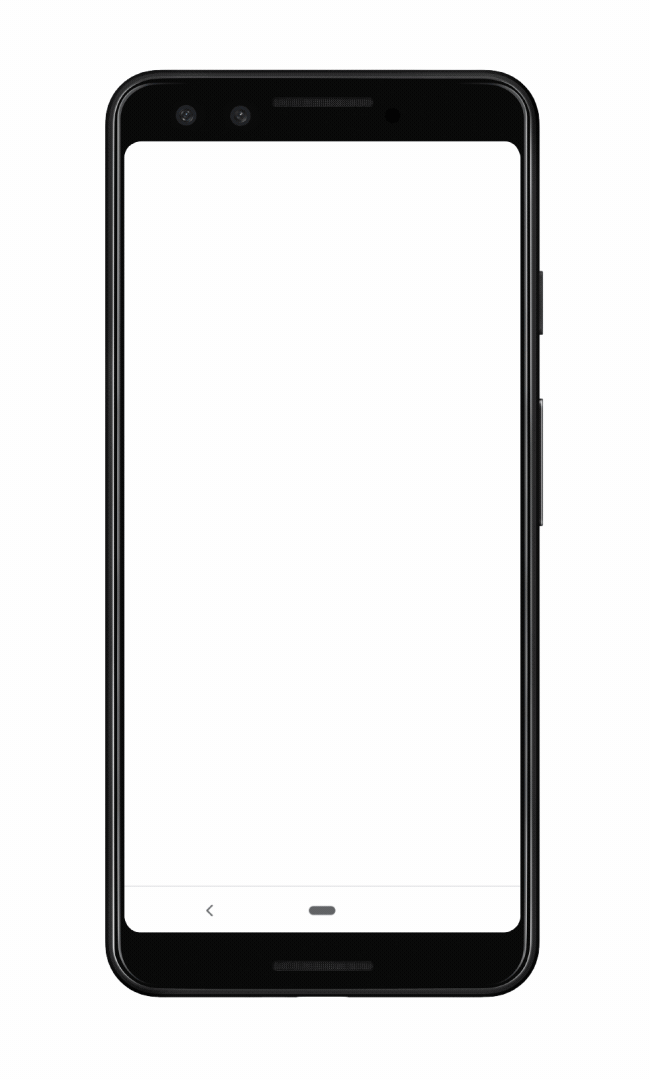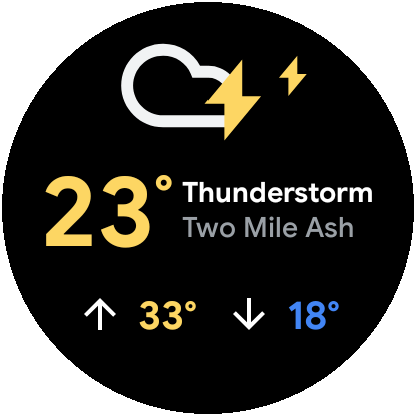Performing a Google search can provide you with answers to almost any question, from “who was the first man on the moon?” to “when is Tenet coming out in theaters?”. Now, Google Search results for users in the U.S. can also show you what TV channel is playing NBA and MLB games, as well as where to find live TV shows or movies.
When you search for something like, “Where to watch the Lakers game,” Google Search will display live TV options. The GIF embedded below sums up the new feature pretty well.
If your search is simpler — “Lakers game,” for example — Google Search will show the usual game day features, including live scores, top stories, and standings. You’ll also see a new “Live on” button, which will show you which TV station is playing the game. As of now, Google Search will only display live TV options for NBA and MLB games, but Google said it plans to integrate more leagues in the future. Similarly, only some cable and network channels will be featured in search, but Google said it plans to expand to more digital streaming options soon.
In addition to displaying where to watch live sports, Google is also expanding TV shows and movie recommendations in Search. This week, search results will add carousels of live content from cable and broadcast providers. When you search for something like “what to watch” or “good shows to watch” on your mobile device, you’ll be able to see shows that are streaming and live on certain networks. Google’s “On TV now” carousel shows programs from multiple channels while the “On TV later” carousel shows recommendations for future programs to watch.

The new Search features are available now for users in the U.S., according to a blog post published by the company.
The post Google Search now makes it easier to find live TV shows and sports appeared first on xda-developers.
from xda-developers https://ift.tt/31PqhqD
via IFTTT















